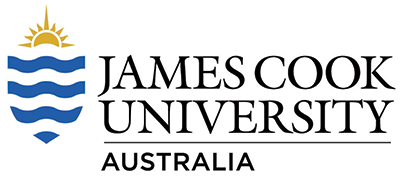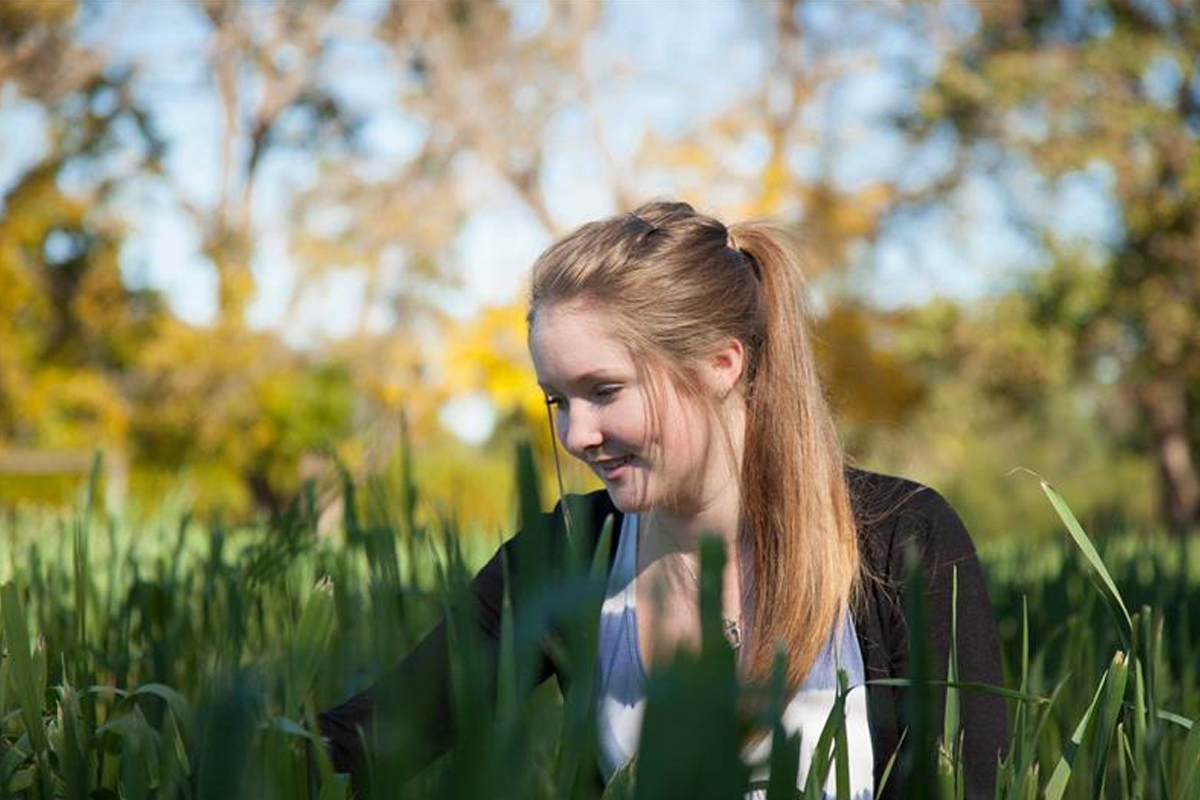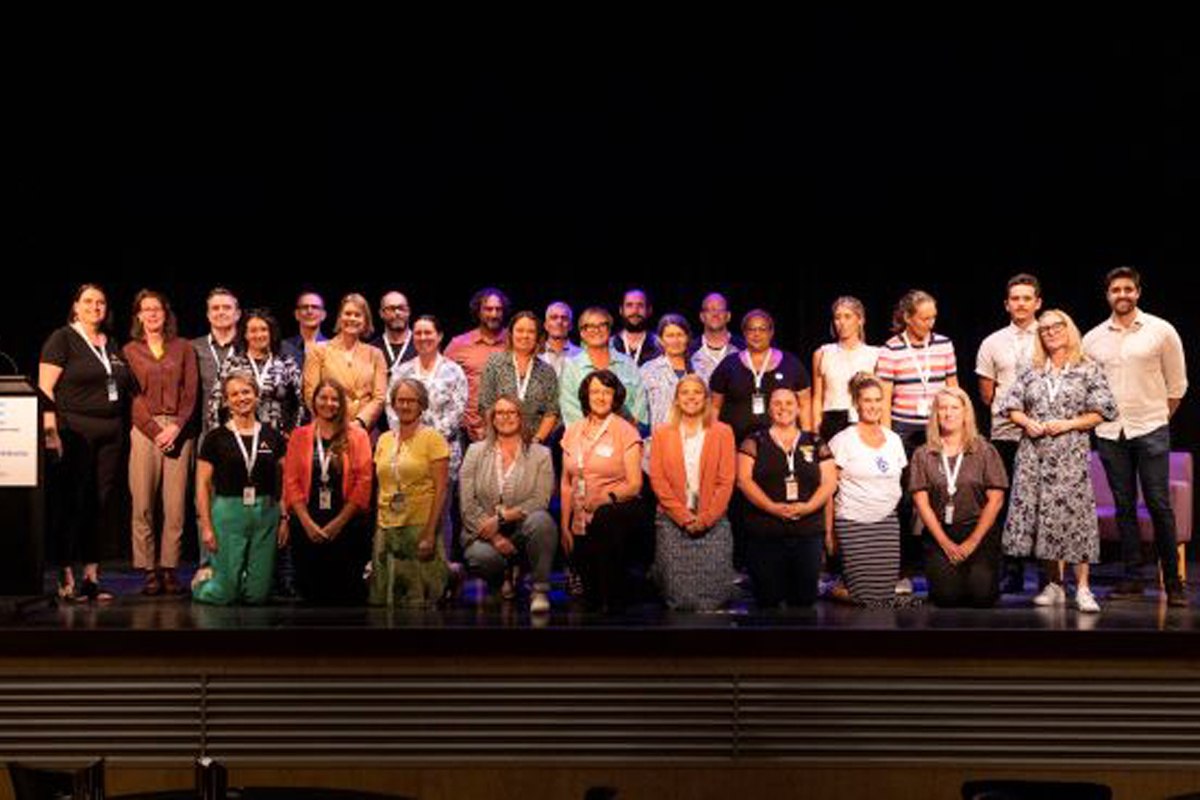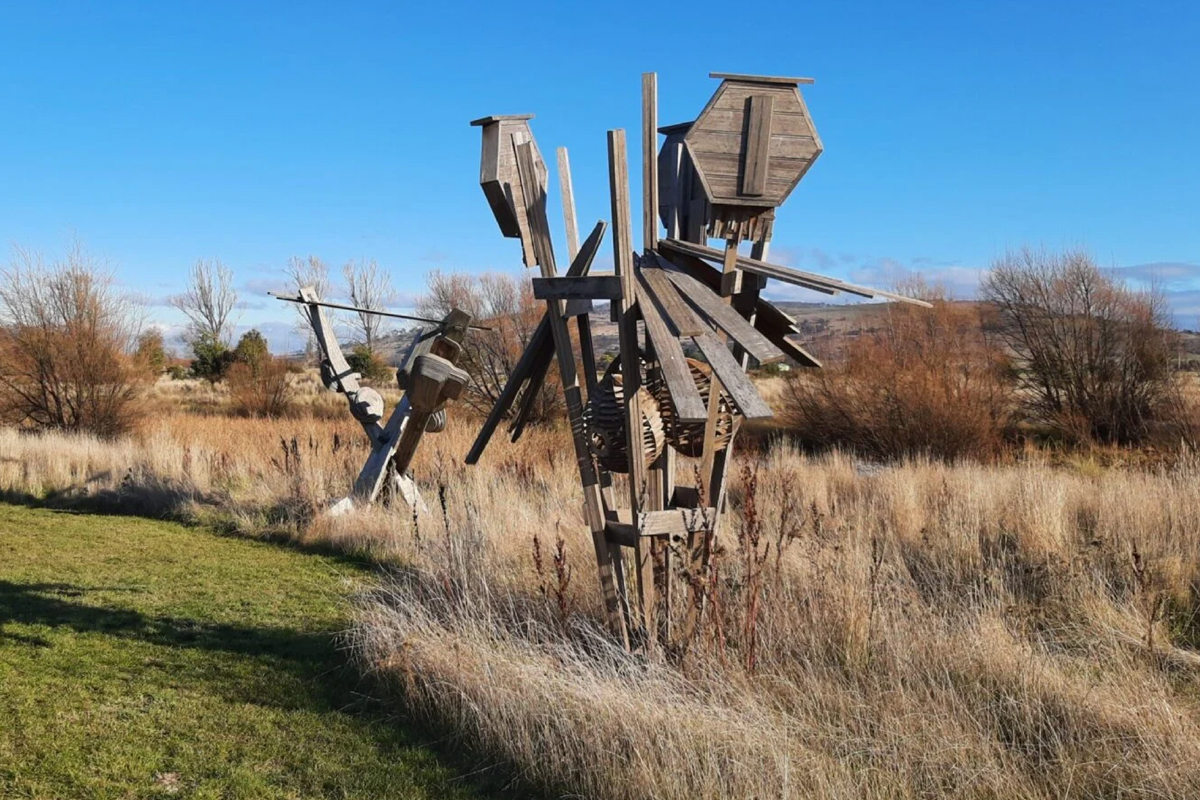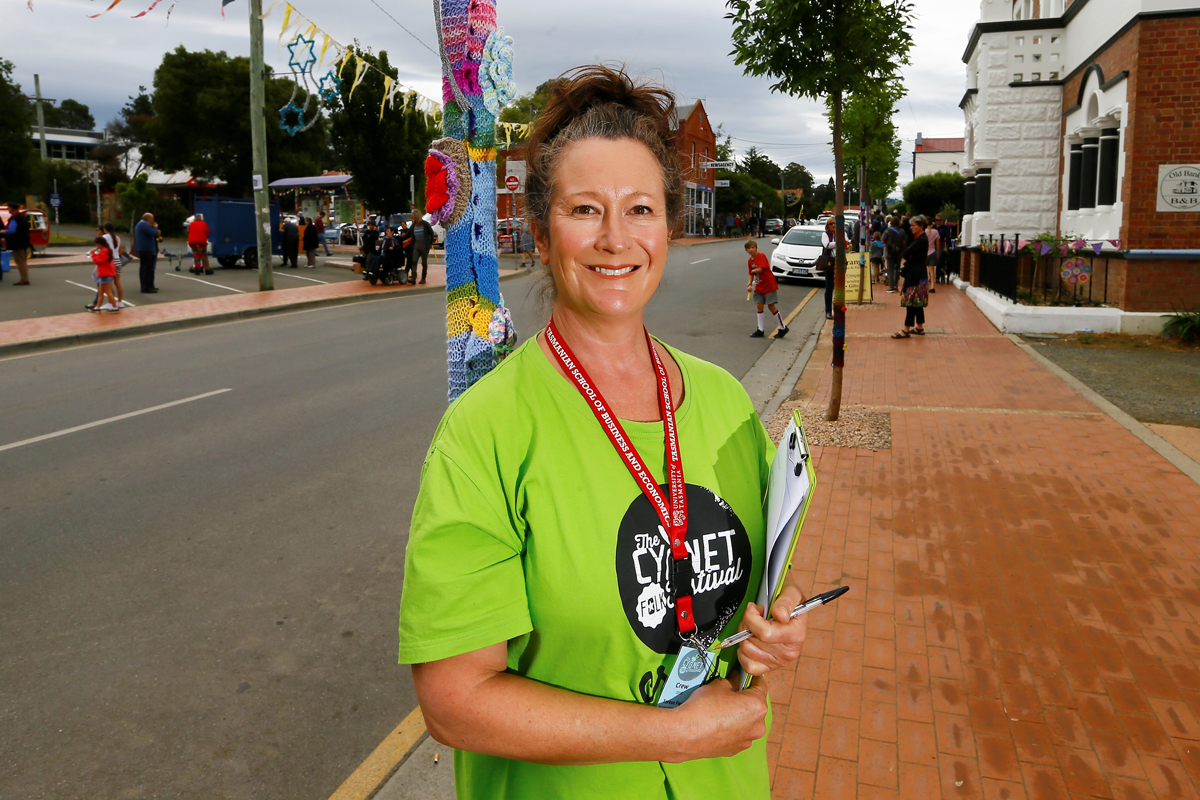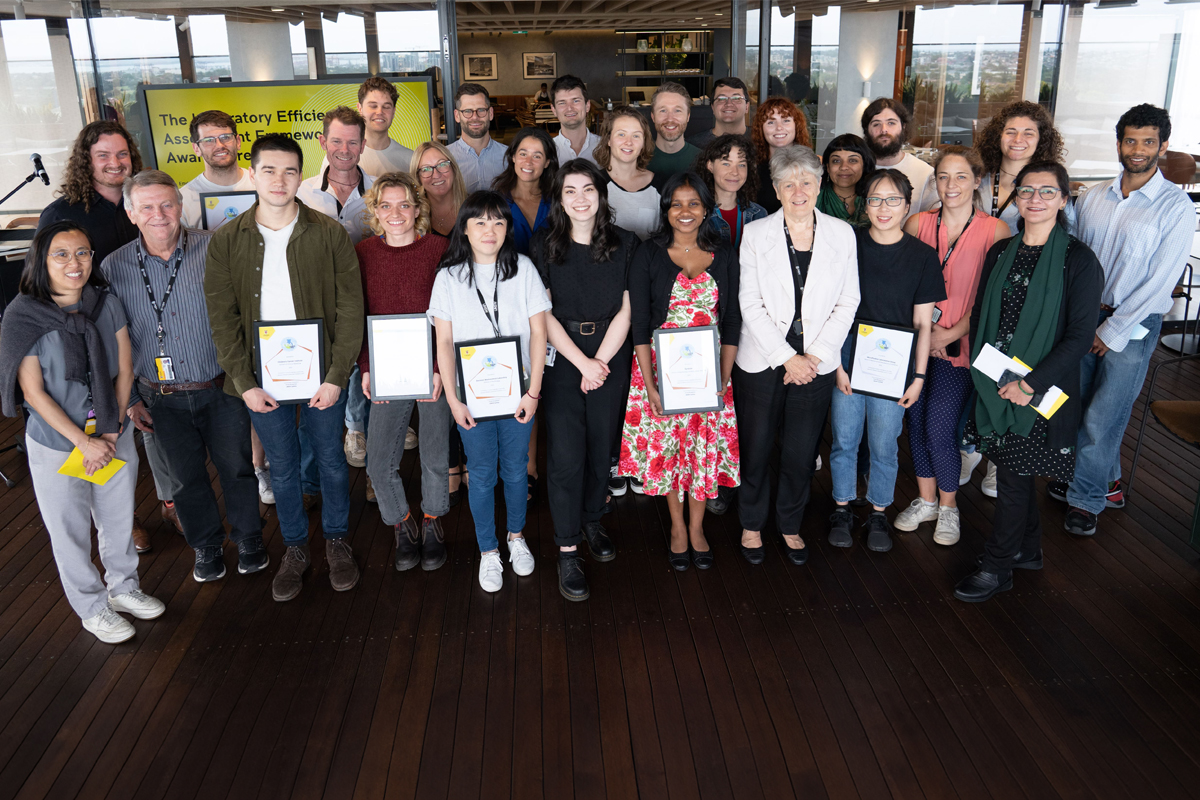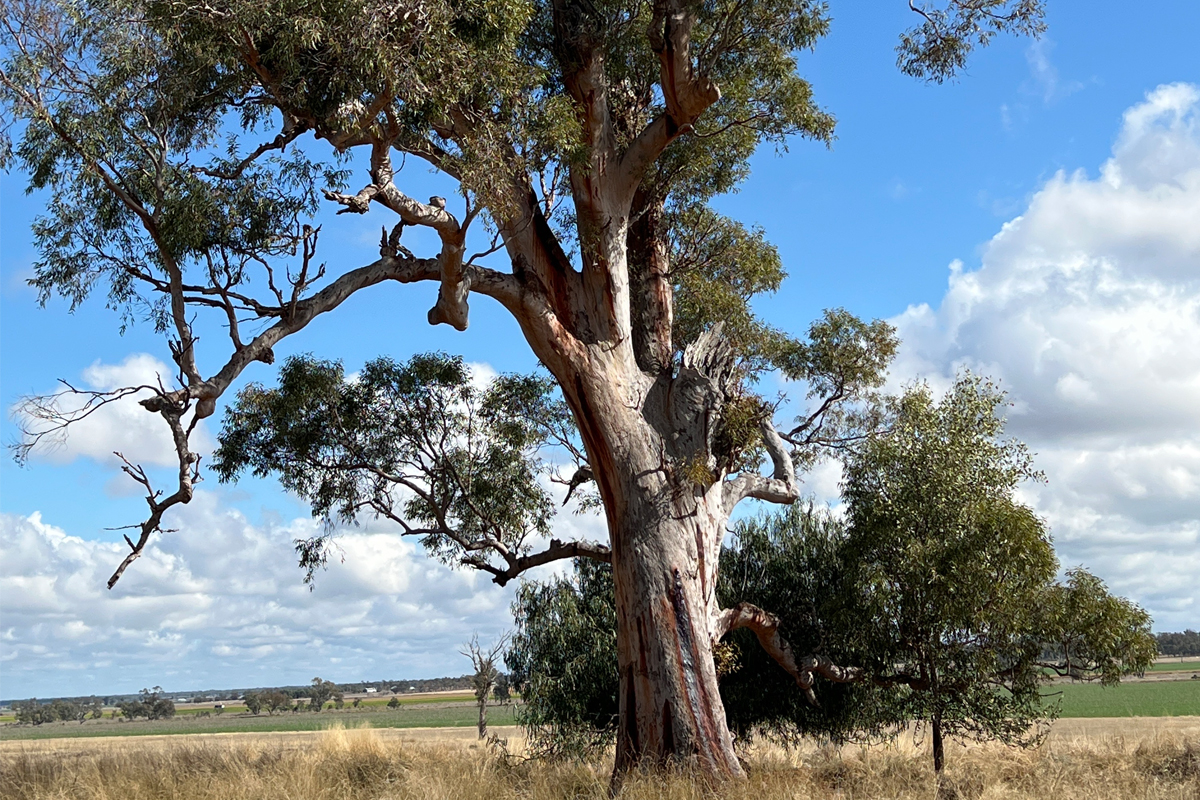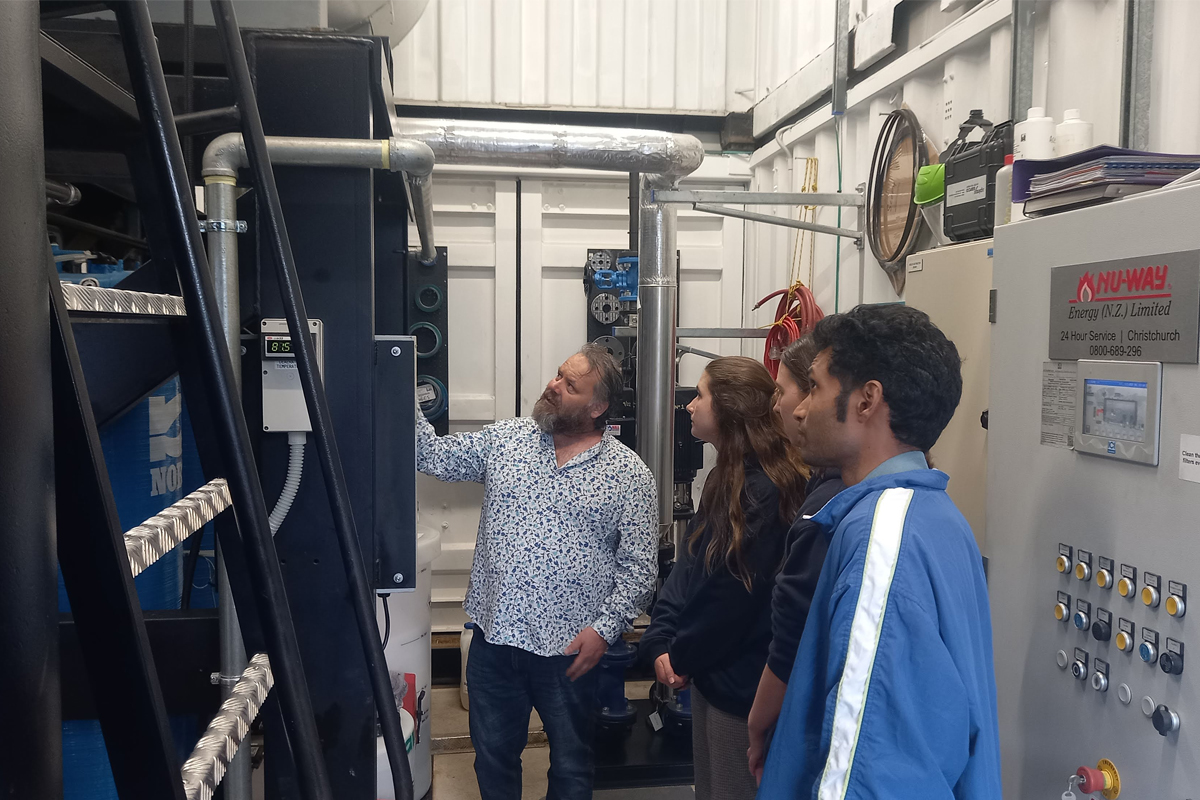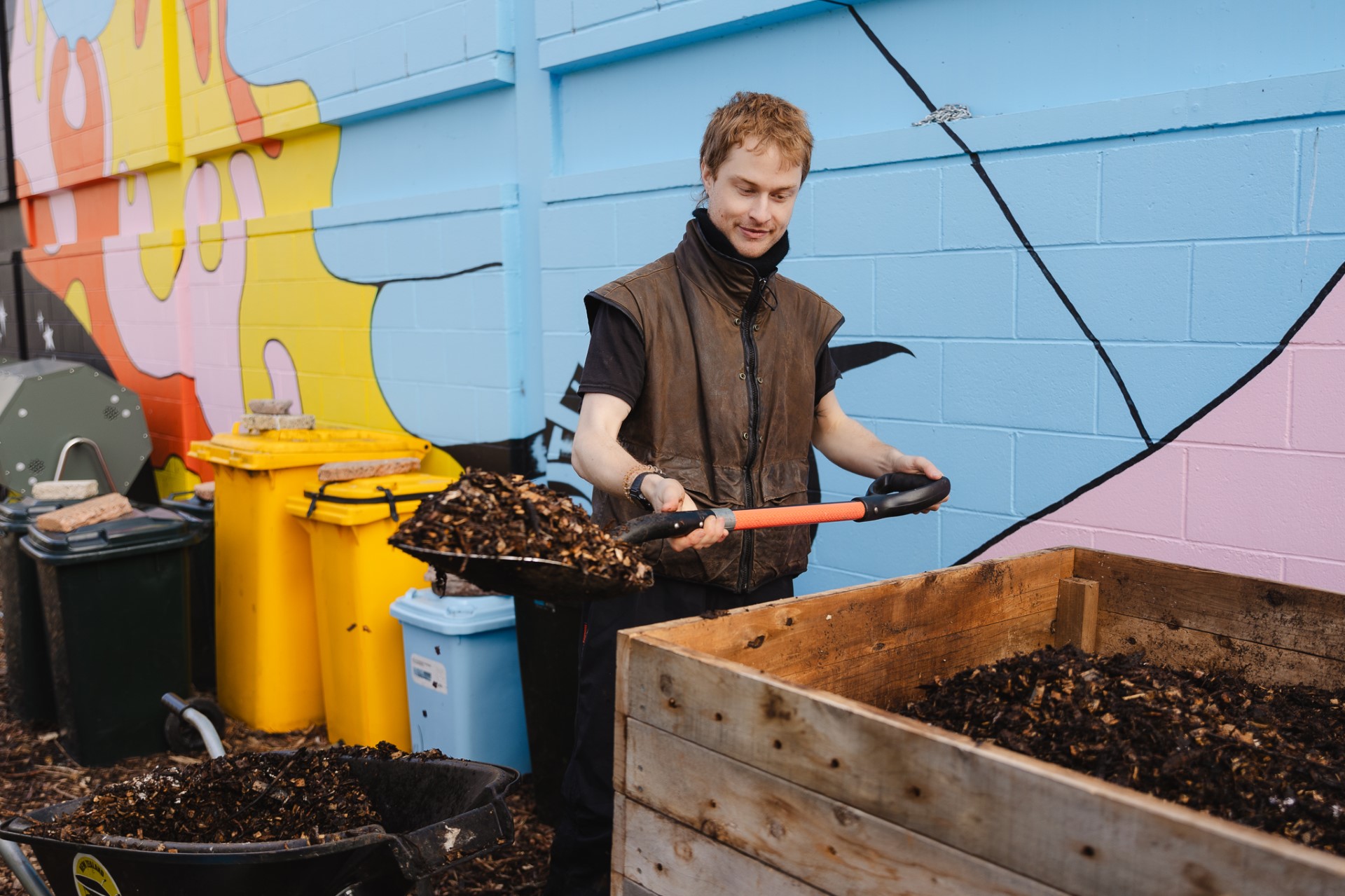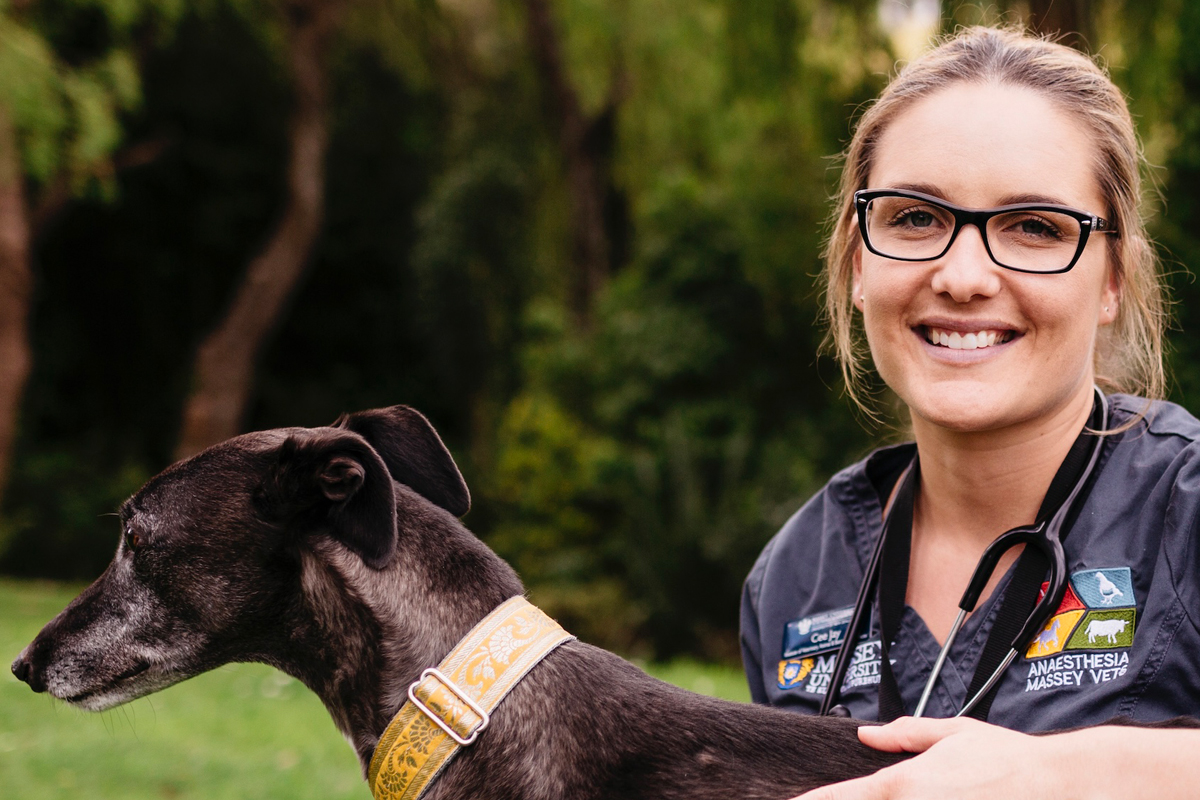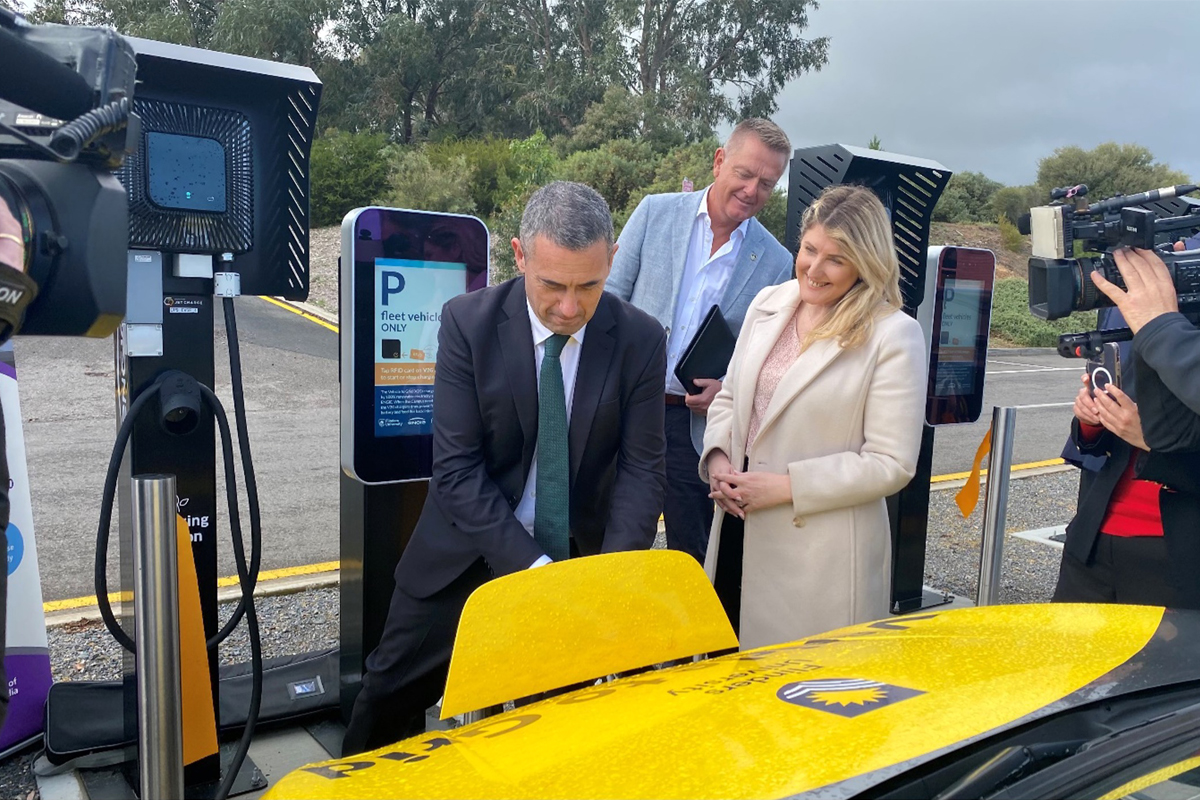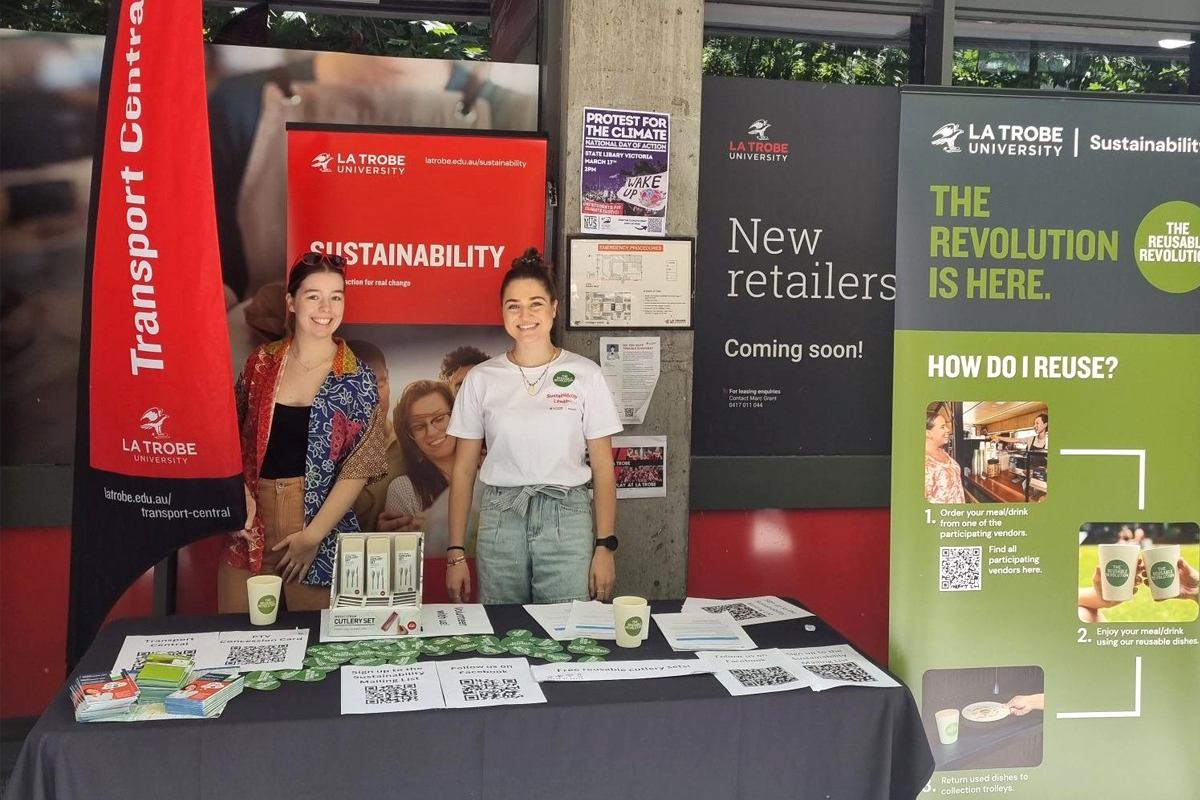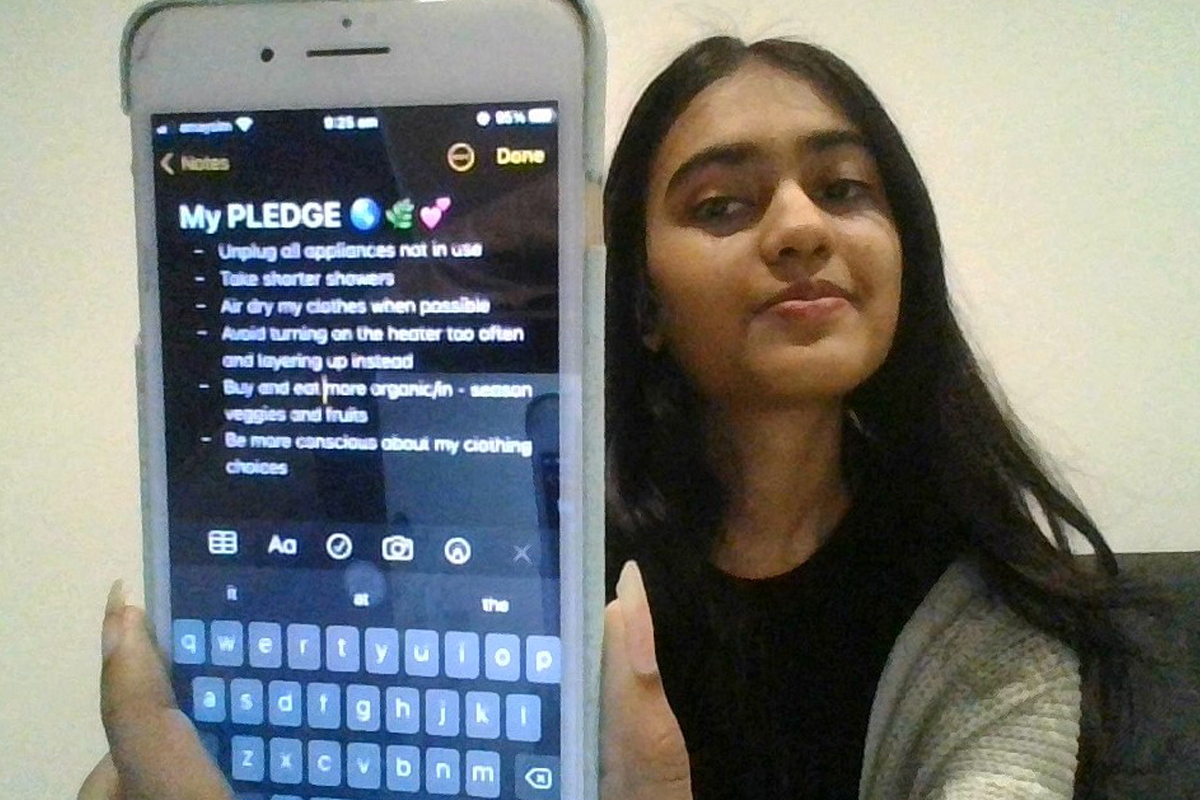Sustainability Champion – Staff/Winners category
Brandan started the threatened plant species program as he has a passion for the environment, and noticed that there was not a lot of work being carried out around the ex situ conservation of endangered flora in North QLD.
Brandan developed the program in his private time, before proposing it to the University as an important project for the conservation of threatened plant species, and an opportunity to provide an educational resource on campus.
Brandan still volunteers his time to manage the program’s field work as part of a broader research program and incorporates many of the rare species into the university’s landscapes, which are managed as part of his role.
This is an impressive feat, to have his personal passion become recognised by the university and added to his daily role. In addition, he volunteers time to consult for our local and state government regarding the conservation and surveys of these threatened species, as well for training programs, and occasional teaching for local primary schools on the program.
He has since acquired recognition for the threatened plant species program from a number of government agencies, and the program now includes partnerships with the Royal and National Botanic Gardens, as well as a range of smaller regional botanic gardens, the state government, local council and various local non-government organisations, now making this a national program.
Brandan, through the threatened plant species program, is now liasing with researchers to determine how this resource and capacity can be used to assist in combatting threats to native plants from the pathogen Myrtle Rust in the region where he grew up.
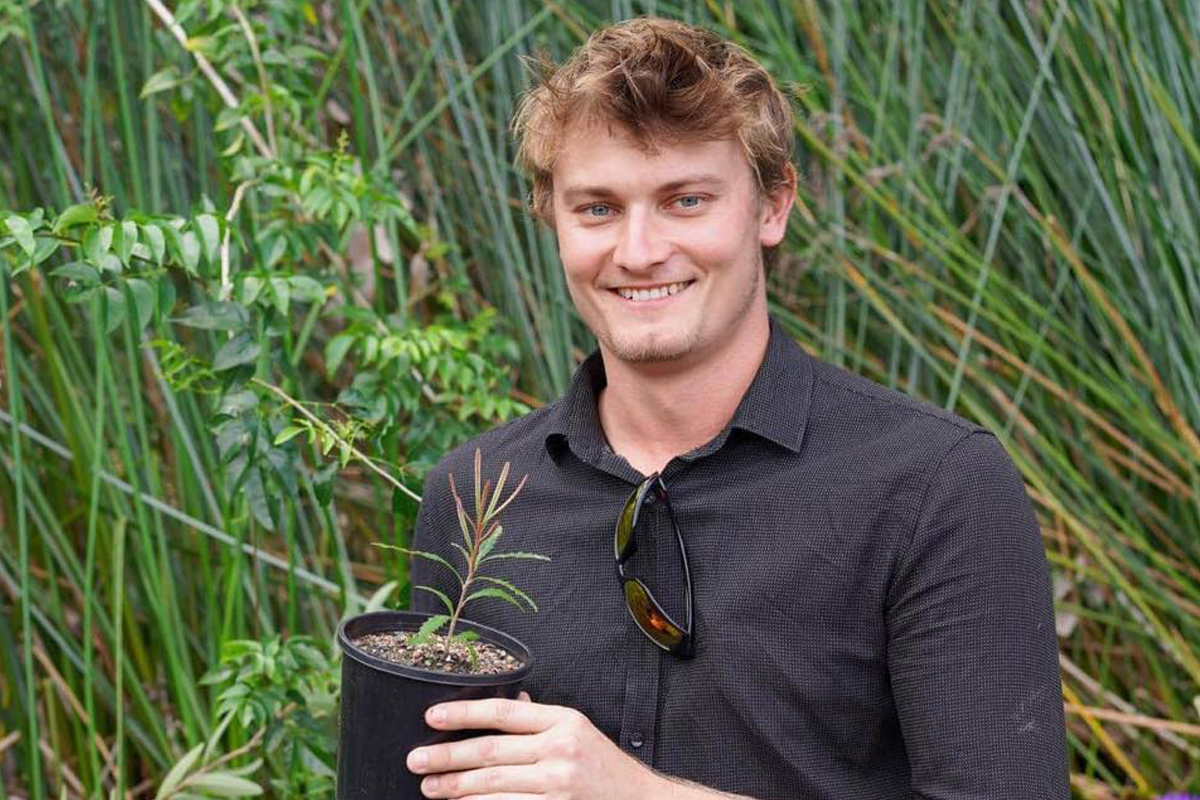
Impact and benefits
This project has shed light on the true state of condition of some of Australia’s rarest and poorly known plants, and has now been used by our state government in re-assessing the classification of some of these species, due to their decline or lack of prior data.
The program is also immensely important as a maintained collection, as it allows for these species to be safeguarded, should they continue to decline, or disappear in the wild, with several species in the collection threatened with extinction in the wild by the end of this decade. The collection allows for easier and fast-tracked propagation for conservation, simpler and cheaper research, as well as providing the opportunity for our students to safely work with flora they would likely never get the chance to see, let alone work on.
This collection has already worked as a sustainable and safe outlet for other conservation collections, with several of our endangered species now having been donated to other botanic gardens and conservation groups, due to an excess of stock from the success of the program.
Leadership and engagement
Brandan has received internal accolades for the threatened species project, but more importantly, has used the project to better cement the partnership between our Estate Management team and our Academic Sciences team. The program falls under our Natural Asset Management Plan’s commitment to tropical conservation and flora care, as well as creating a more immersive campus, to create living laboratories, now used by our science majors and vet students. The project has allowed Brandan and some of our academics to draw funding to expand, as well as opening new research programs, and casual roles for some of our students.
Wider societal impact
The program has created a large conservation park for various endangered species, which is open to the public, as well as allowing effective research and breeding opportunities for some of the most poorly known plants of Australia. These opportunities mean we can sustainably reproduce specimens for further use, as well as providing our students the ability to work on endangered species throughout their studies.


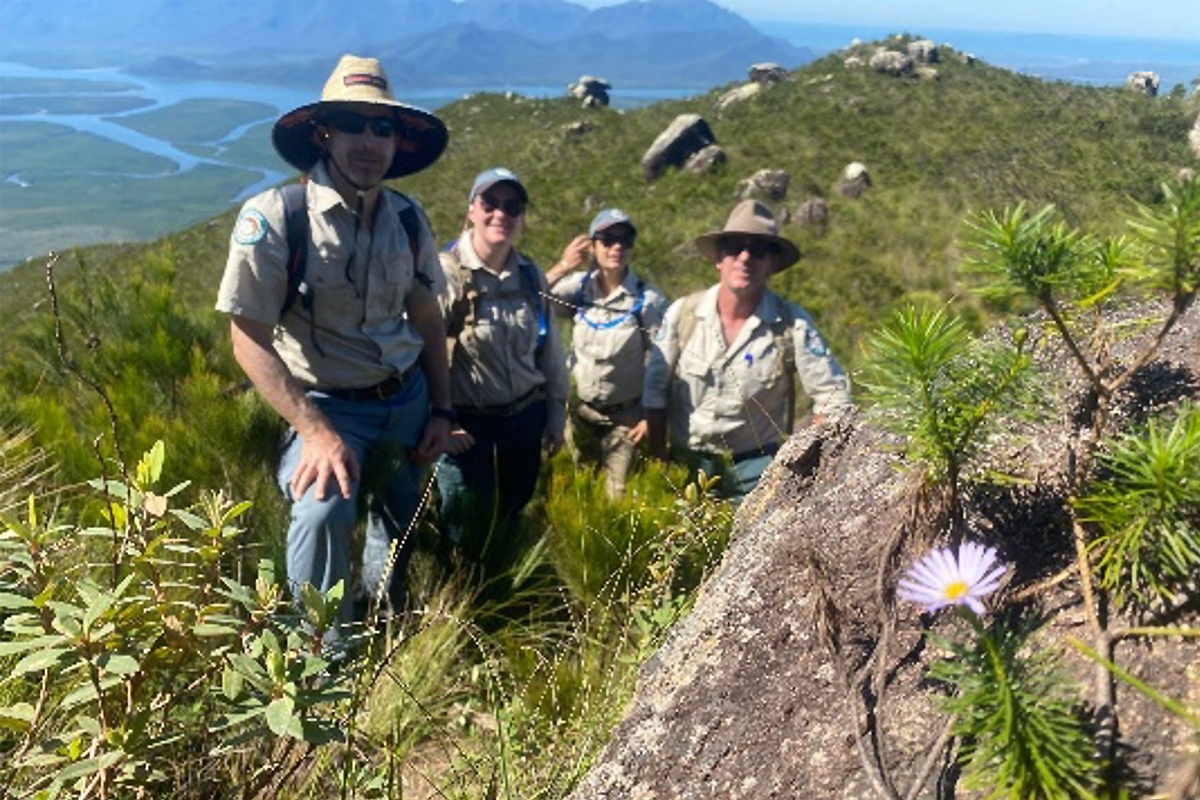
Related finalists
Climate Action/Winners
Climate Action/Winners
Benefitting Society/Winners
Benefitting Society/Winners
Sustainability Champion – Student/Winners
Sustainability Champion – Student/Winners
Creating Impact/Winners
Creating Impact/Winners
Sustainability Champion – Staff
Sustainability Champion – Staff
Creating Impact/Winners
Creating Impact/Winners
Sustainability Champion – Student/Winners
Sustainability Champion – Student/Winners
Leading the Circular Economy/Winners
Leading the Circular Economy/Winners
Sustainability Champion – Staff
Sustainability Champion – Staff
Creating Impact/Winners
Creating Impact/Winners
Diversity, Equity & Inclusion in Sustainability/Winners
Diversity, Equity & Inclusion in Sustainability/Winners
Next Generation Learning & Skills/Winners
Next Generation Learning & Skills/Winners
Sustainability Institution of the Year/Winners
Sustainability Institution of the Year/Winners
Leading the Circular Economy/Winners
Leading the Circular Economy/Winners
Sustainability Champion – Staff/Winners
Sustainability Champion – Staff/Winners
Next Generation Learning & Skills/Winners
Next Generation Learning & Skills/Winners
Sustainability Champion – Student/Winners
Sustainability Champion – Student/Winners
Sustainability Champion – Staff
Sustainability Champion – Staff
Next Generation Learning & Skills/Winners
Next Generation Learning & Skills/Winners
Sustainability Champion – Staff/Winners
Sustainability Champion – Staff/Winners
Student Engagement/Winners
Student Engagement/Winners
Other finalists
Climate Action
Climate Action
Sustainability Champion – Staff/Winners
Sustainability Champion – Staff/Winners
Student Engagement
Student Engagement
Creating Impact
Creating Impact
Sustainability Champion – Staff/Winners
Sustainability Champion – Staff/Winners
Sustainability Champion – Student
Sustainability Champion – Student
Brandan started the threatened plant species program as he has a passion for the environment, and noticed that there was not a lot of work being carried out around the ex situ conservation of endangered flora in North QLD.
Brandan developed the program in his private time, before proposing it to the University as an important project for the conservation of threatened plant species, and an opportunity to provide an educational resource on campus.
Brandan still volunteers his time to manage the program’s field work as part of a broader research program and incorporates many of the rare species into the university’s landscapes, which are managed as part of his role.
This is an impressive feat, to have his personal passion become recognised by the university and added to his daily role. In addition, he volunteers time to consult for our local and state government regarding the conservation and surveys of these threatened species, as well for training programs, and occasional teaching for local primary schools on the program.
He has since acquired recognition for the threatened plant species program from a number of government agencies, and the program now includes partnerships with the Royal and National Botanic Gardens, as well as a range of smaller regional botanic gardens, the state government, local council and various local non-government organisations, now making this a national program.
Brandan, through the threatened plant species program, is now liasing with researchers to determine how this resource and capacity can be used to assist in combatting threats to native plants from the pathogen Myrtle Rust in the region where he grew up.

Impact and benefits
This project has shed light on the true state of condition of some of Australia’s rarest and poorly known plants, and has now been used by our state government in re-assessing the classification of some of these species, due to their decline or lack of prior data.
The program is also immensely important as a maintained collection, as it allows for these species to be safeguarded, should they continue to decline, or disappear in the wild, with several species in the collection threatened with extinction in the wild by the end of this decade. The collection allows for easier and fast-tracked propagation for conservation, simpler and cheaper research, as well as providing the opportunity for our students to safely work with flora they would likely never get the chance to see, let alone work on.
This collection has already worked as a sustainable and safe outlet for other conservation collections, with several of our endangered species now having been donated to other botanic gardens and conservation groups, due to an excess of stock from the success of the program.
Leadership and engagement
Brandan has received internal accolades for the threatened species project, but more importantly, has used the project to better cement the partnership between our Estate Management team and our Academic Sciences team. The program falls under our Natural Asset Management Plan’s commitment to tropical conservation and flora care, as well as creating a more immersive campus, to create living laboratories, now used by our science majors and vet students. The project has allowed Brandan and some of our academics to draw funding to expand, as well as opening new research programs, and casual roles for some of our students.
Wider societal impact
The program has created a large conservation park for various endangered species, which is open to the public, as well as allowing effective research and breeding opportunities for some of the most poorly known plants of Australia. These opportunities mean we can sustainably reproduce specimens for further use, as well as providing our students the ability to work on endangered species throughout their studies.



Related finalists
Student Engagement/Winners
Student Engagement/Winners
Sustainability Champion – Staff/Winners
Sustainability Champion – Staff/Winners
Next Generation Learning & Skills/Winners
Next Generation Learning & Skills/Winners
Other finalists
Climate Action
Climate Action
Sustainability Champion – Staff/Winners
Sustainability Champion – Staff/Winners
Student Engagement
Student Engagement


